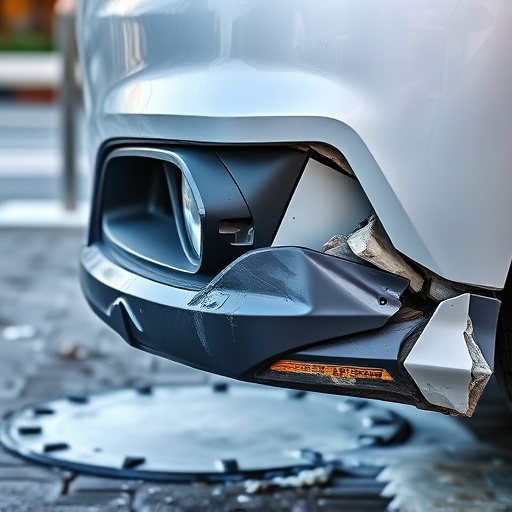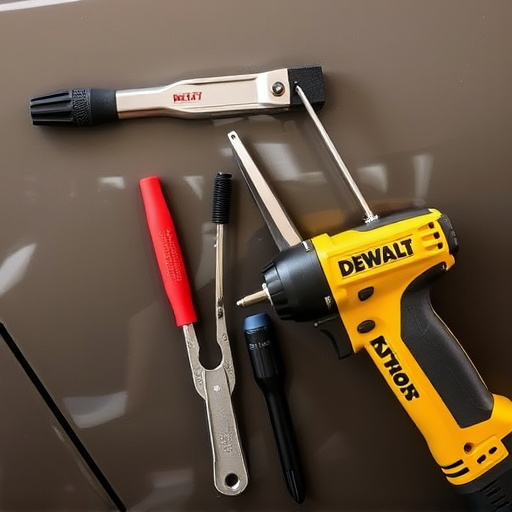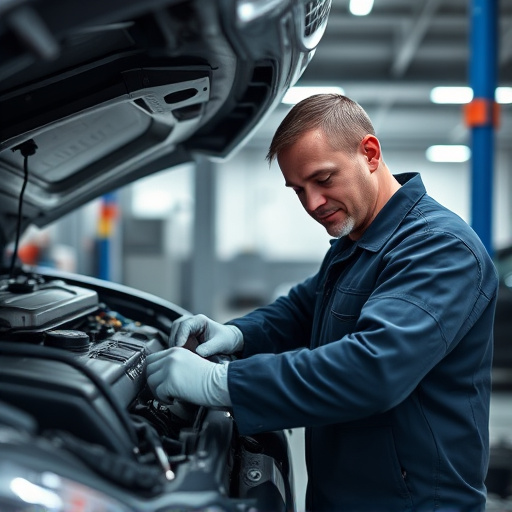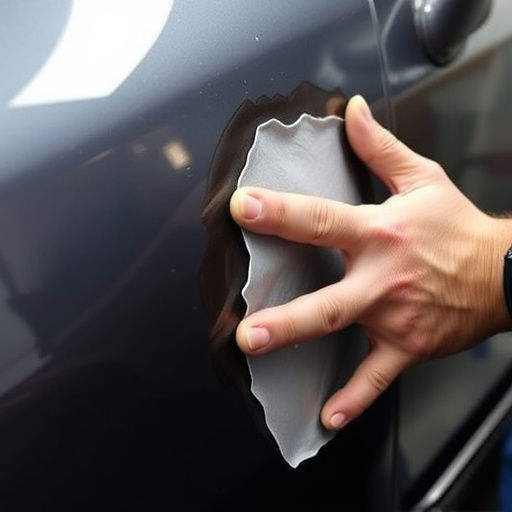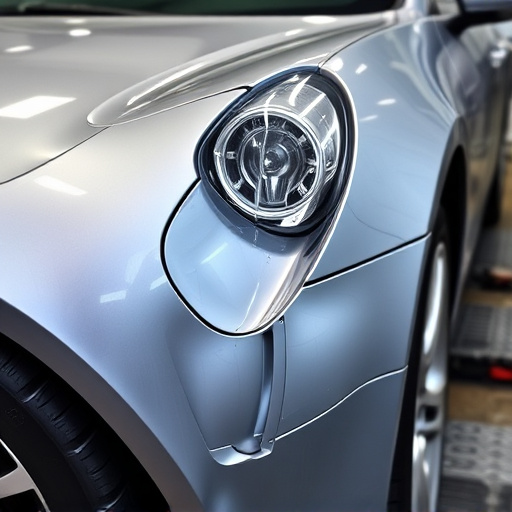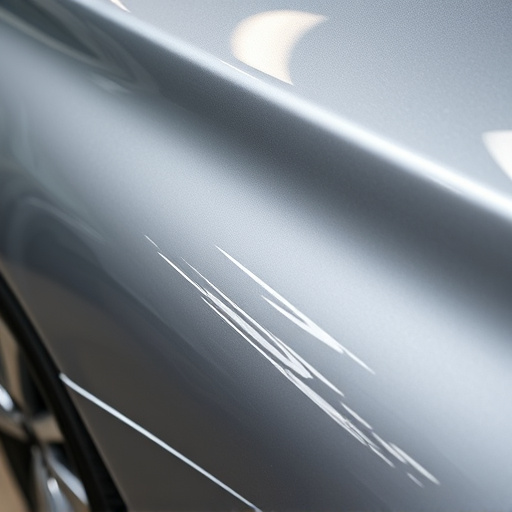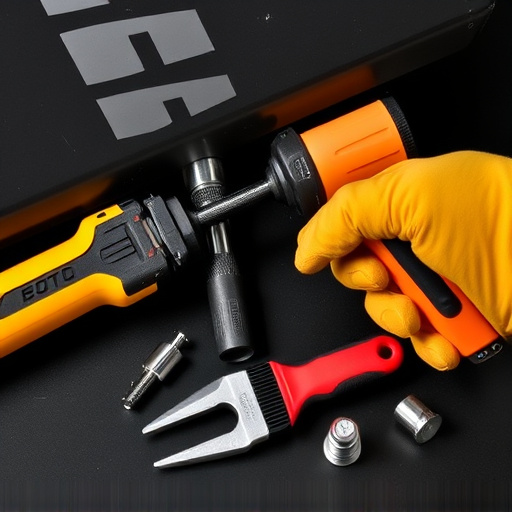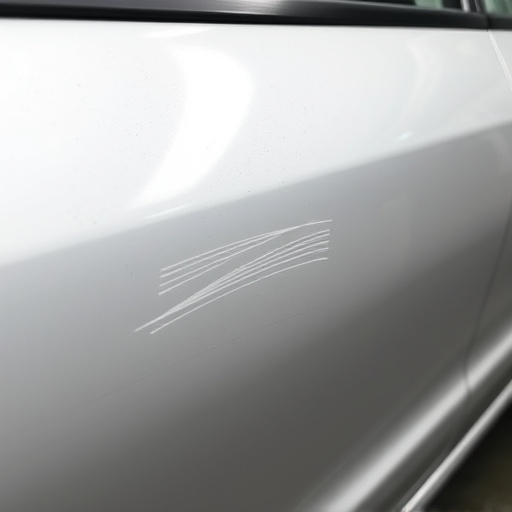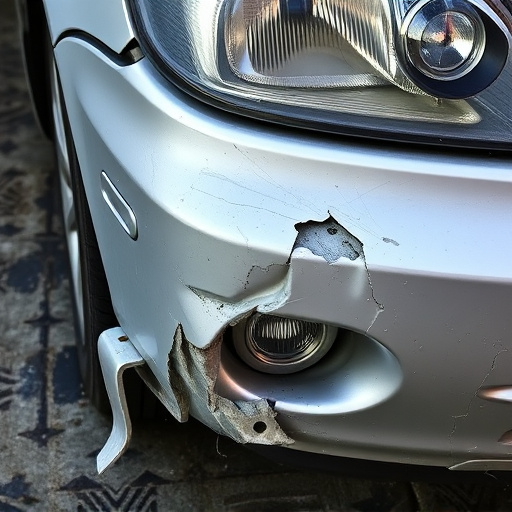Direct repair programs (DRPs) are revolutionizing the automotive industry's collision repair landscape. These programs streamline processes, reduce costs, and enhance efficiency through standardized procedures, faster turnaround times, and quality assurance using manufacturer-approved parts and techniques. DRPs foster better collaboration between insurance providers, repair shops, and manufacturers, ultimately prioritizing customer satisfaction and safety while promoting a more sustainable and comprehensive auto repair environment.
Direct repair programs have transformed collision repair, revolutionizing traditional processes. This shift from conventional to direct repair methodologies has brought about significant changes in the industry. These programs offer enhanced efficiency and improved customer satisfaction through streamlined procedures.
The adoption of direct repair has led to a new standard of care, fostering a more sustainable and cost-effective approach. In this article, we explore how these programs have reshaped collision repair, benefiting both businesses and customers alike.
- Shifting Paradigm: From Traditional to Direct Repair
- Benefits Unveiled: Enhanced Efficiency and Customer Satisfaction
- Industry Evolution: Embracing a New Standard of Care
Shifting Paradigm: From Traditional to Direct Repair
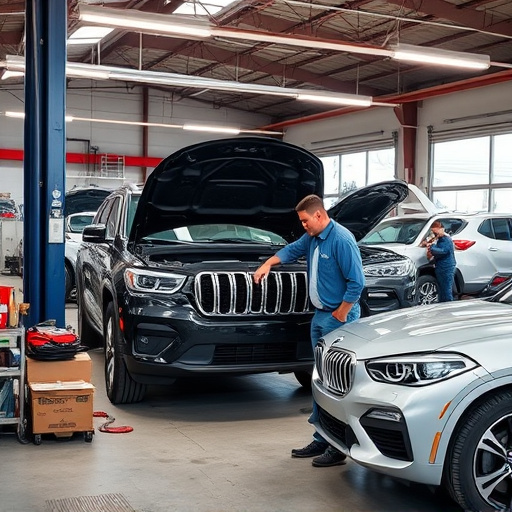
The automotive industry has witnessed a significant shift in collision repair practices with the emergence and growth of direct repair programs. Traditionally, vehicle body repair involved a complex process, often leading to lengthy delays and substantial costs due to the involvement of numerous intermediaries. However, this paradigm is changing dramatically.
Direct repair programs streamline the entire process, enabling efficient and cost-effective solutions for both individual consumers and fleet repair services. For instance, Mercedes Benz collision repair centers have embraced these programs to enhance their service offerings. By fostering direct communication and coordination between insurers, repair shops, and vehicle owners, these programs ensure faster turnaround times without compromising quality. This shift has not only revolutionized the customer experience but also fostered a more sustainable and collaborative ecosystem within the automotive sector.
Benefits Unveiled: Enhanced Efficiency and Customer Satisfaction
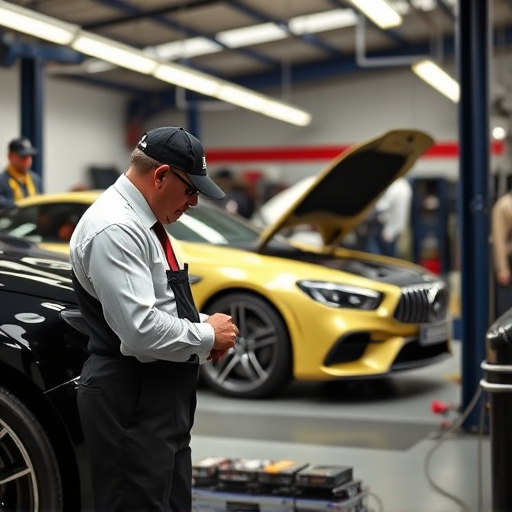
The introduction of direct repair programs has brought about a significant transformation in the collision repair industry, offering numerous benefits that have elevated the overall customer experience. One of the most notable advantages is enhanced efficiency. These programs streamline the repair process by providing clear guidelines and standardized procedures, ensuring that auto repairs near me are conducted with precision and speed. This efficiency translates to shorter turnaround times for customers, which is a significant factor in maintaining their satisfaction.
Moreover, direct repair programs foster better communication between repair shops and insurance providers, resulting in improved coordination. For example, Mercedes Benz repair facilities can utilize these programs to quickly assess damage, obtain authorization from insurers, and proceed with repairs without unnecessary delays. This seamless integration benefits customers by reducing costs and ensuring their vehicles are restored to pre-accident condition, leaving scratch repairs as mere memories.
Industry Evolution: Embracing a New Standard of Care
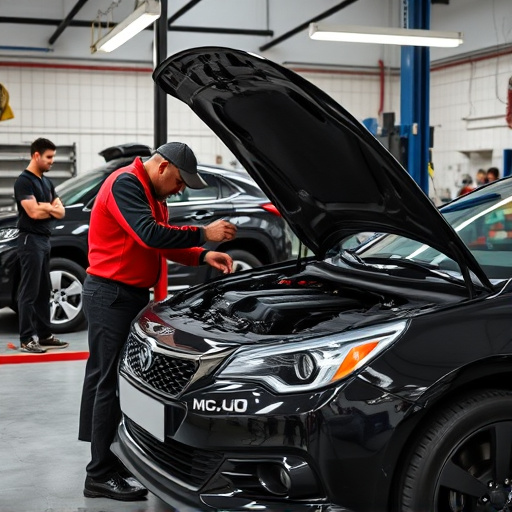
The automotive industry has witnessed a significant evolution in collision repair standards thanks to the advent and widespread adoption of direct repair programs (DRPs). These programs have redefined how auto body repairs are conducted, emphasizing efficiency, cost-effectiveness, and quality assurance. DRPs encourage collaboration between insurance providers, repair shops, and manufacturers, fostering an environment that prioritizes customer satisfaction and safety.
Incorporating DRP guidelines has led to a standardization of practices in car body repair. This means that repairs are now carried out using manufacturer-approved parts and techniques, ensuring not just aesthetic restoration but also structural integrity. The shift towards direct repair programs reflects a broader industry movement towards excellence, where every aspect of automotive repair is meticulously considered for improvement.
Direct repair programs have undeniably revolutionized collision repair, shifting the industry’s paradigm and setting new standards of care. By streamlining processes and prioritizing customer satisfaction, these programs have enhanced efficiency across the board. As the adoption of direct repair continues to grow, it’s clear that this approach is here to stay, shaping a more streamlined and customer-centric future for collision repair services.
